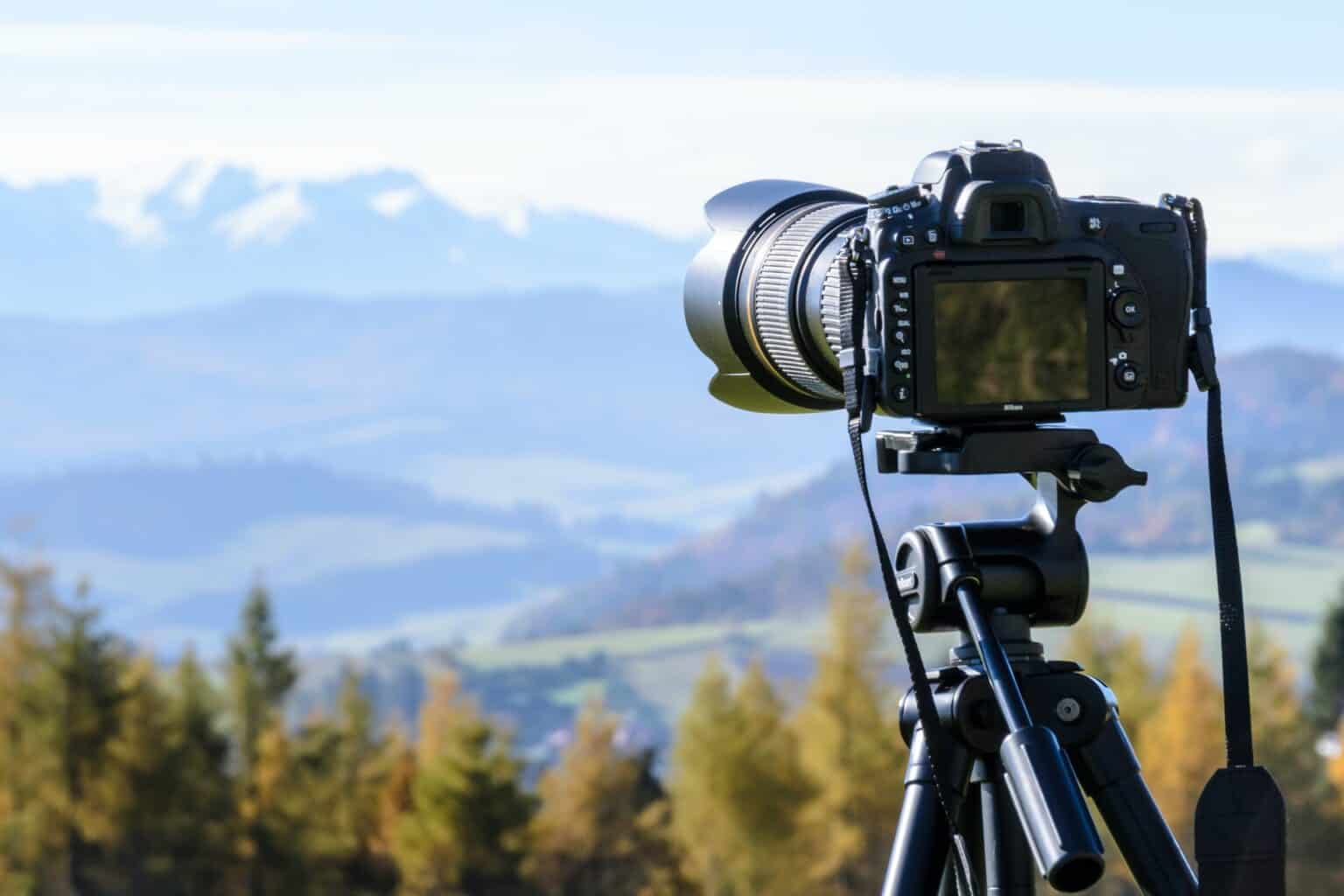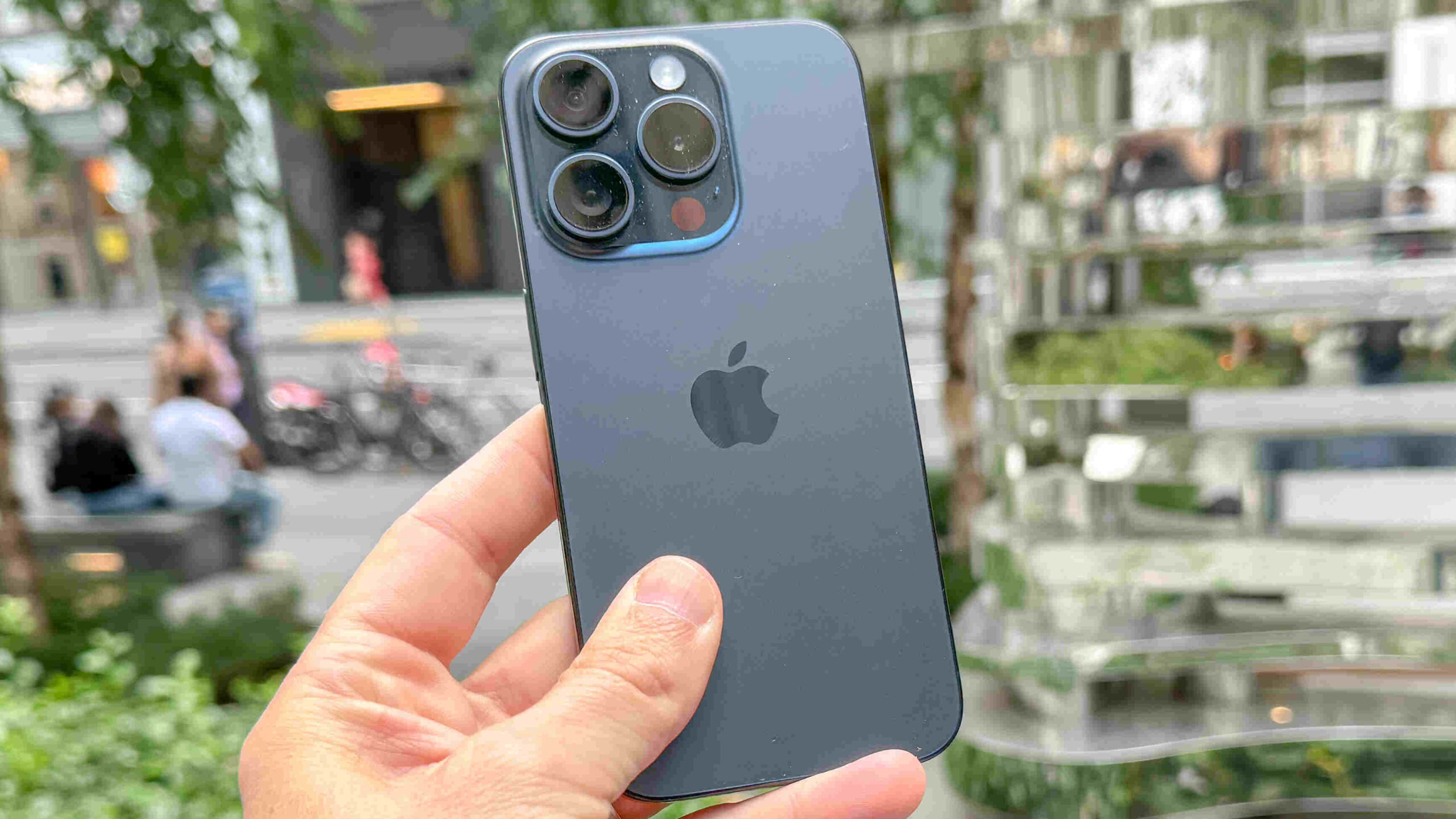A Comprehensive Camera Guide: Choosing the Perfect Camera for Your Needs

Introduction
In today’s digital age, having the right camera can make all the difference in capturing life’s precious moments or creating stunning visuals for your professional projects. With a plethora of options available, finding the perfect camera can be overwhelming. cameraguidepro This comprehensive guide will help you navigate the world of cameras, from the basics to advanced features, ensuring you make an informed decision.
Understanding Camera Types
To get started, let’s explore the various types of cameras available in the market, each tailored to different purposes.
1. Compact Point-and-Shoot Cameras (H1)
Compact point-and-shoot cameras are ideal for casual photographers and beginners. They’re small, lightweight, and user-friendly, making them a convenient choice for everyday use.
2. Mirrorless Cameras (H2)
Mirrorless cameras combine the convenience of compact cameras with the versatility of DSLRs. They are known for their interchangeable lenses and excellent image quality.
3. DSLR Cameras (H2)
Digital Single-Lens Reflex (DSLR) cameras are the go-to choice for professional photographers. They offer unparalleled image quality, control, and the ability to change lenses.
4. Action Cameras (H2)
Action cameras are designed for capturing adventures and extreme sports. They are rugged, compact, and perfect for those who need durability and portability.
Factors to Consider When Choosing a Camera
Selecting the right camera requires evaluating several crucial factors:
5. Budget (H3)
Your budget is a critical factor in your camera decision. Determine how much you’re willing to invest, keeping in mind that quality often comes with a higher price tag.
6. Intended Use (H3)
Consider what you’ll be using the camera for. Are you a travel enthusiast, a professional photographer, or a vlogger? Your purpose will dictate the camera features you need.
7. Image Quality (H3)
Evaluate the camera’s image quality, including resolution, sensor size, and low-light performance, to ensure your photos and videos meet your standards.
8. Lens Options (H3)
If you plan to experiment with various photography styles, look for cameras with interchangeable lenses. This feature allows you to adapt to different shooting scenarios.
9. Size and Portability (H3)
The camera’s size and weight can impact your overall experience. Consider portability if you’re always on the go.
Exploring Advanced Features
Now that we’ve covered the basics, let’s delve into the advanced features that can elevate your photography game.
10. Autofocus and Manual Focus (H4)
Learn about the camera’s focusing capabilities, including autofocus and manual focus modes.
11. Image Stabilization (H4)
Discover the importance of image stabilization in capturing sharp, shake-free images and videos.
12. Video Recording (H4)
If you’re into videography, explore cameras’ video recording capabilities, such as 4K resolution and frame rates.
13. Wireless Connectivity (H4)
Modern cameras often come with Wi-Fi and Bluetooth capabilities for seamless content sharing.
Conclusion
Selecting the perfect camera involves a combination of personal preferences, intended use, and budget considerations. By understanding the different types of cameras and evaluating essential factors, you’ll be better equipped to make an informed decision.
FAQs
1. What is the best camera for beginners?
The best camera for beginners depends on their budget and intended use. Compact point-and-shoot or mirrorless cameras are excellent choices for those new to photography.
2. Are DSLR cameras still relevant in the age of mirrorless cameras?
Yes, DSLR cameras remain relevant, especially for professionals who require top-notch image quality and lens variety.
3. Can I use action cameras for everyday photography?
While action cameras are primarily designed for extreme sports, they can be used for everyday photography due to their durability and portability.
4. How do I choose the right lens for my camera?
Selecting the right lens depends on your photography style. Research and experimentation will help you find the perfect fit for your needs.
5. Are there any affordable cameras with professional features?
Yes, there are budget-friendly options with advanced features. Research well and read reviews to find the best value for your
This comprehensive camera guide aims to help you make an informed decision when selecting the perfect camera for your needs. From understanding camera types to evaluating key factors, this guide equips you with the knowledge to capture life’s moments beautifully. Whether you’re a novice or a seasoned photographer, this guide will be your go-to resource in the world of cameras.
Advanced Camera Features (Continued)
14. ISO Range (H4)
ISO settings determine a camera’s sensitivity to light. Cameras with a broad ISO range perform well in various lighting conditions.
15. Burst Mode (H4)
For capturing fast-moving subjects, burst mode allows your camera to take a rapid sequence of shots in a short time frame.
16. Viewfinder Options (H4)
Explore cameras with optical viewfinders, electronic viewfinders, or none at all. This choice can affect your shooting experience.
17. Weather Sealing (H4)
If you plan to use your camera in challenging weather conditions, consider models with weather-sealed bodies to protect against moisture and dust.
Popular Camera Brands
18. Canon (H3)
Canon is renowned for its exceptional image quality and a wide range of lenses, making it a preferred choice for both beginners and professionals.
19. Nikon (H3)
Nikon cameras are known for their durability, performance, and superior image quality, making them a top choice for photographers.
20. Sony (H3)
Sony’s mirrorless cameras have gained popularity for their innovative technology and compact designs, perfect for travel and vlogging.
21. Fujifilm (H3)
Fujifilm’s cameras are beloved for their retro design and film simulation modes, appealing to those who appreciate vintage aesthetics.
Camera Accessories
22. Tripods (H2)
A sturdy tripod is essential for achieving stable shots, especially in low light or long-exposure situations.
23. Camera Bags (H2)
Invest in a high-quality camera bag to protect your camera and lenses while on the move.
24. Filters (H2)
Filters can enhance your photography by reducing glare, adding color effects, or protecting your lens.
Conclusion
Choosing the perfect camera is a personal journey that depends on your unique needs and preferences. By considering all the factors mentioned in this guide, you can confidently select a camera that will help you capture your vision.
FAQs (Continued)
6. What’s the best ISO range for different shooting scenarios?
The ideal ISO range varies based on the lighting conditions. Lower ISOs (100-400) are great for bright settings, while higher ISOs (800-3200) are better for low-light conditions.
7. How do I maintain and clean my camera?
To maintain your camera, keep it in a dry, clean place, and use a soft brush or air blower to remove dust. For cleaning, use a lens-cleaning solution and microfiber cloth for the lens and sensor.
8. Are there any specific camera models recommended for vlogging?
Popular vlogging camera options include the Sony Alpha series, Canon EOS M50, and Panasonic Lumix GH5 due to their flip-out screens and good video quality.
9. Can I use smartphone cameras instead of traditional cameras?
Smartphone cameras have improved significantly, and they are suitable for casual photography. However, dedicated cameras still offer superior image quality and versatility.
10. What’s the advantage of interchangeable lenses?
Interchangeable lenses allow you to adapt to different photography situations. For example, wide-angle lenses are perfect for landscapes, while telephoto lenses are ideal for wildlife photography.
This comprehensive camera guide equips you with the knowledge to make an informed decision when choosing the perfect camera. From understanding camera types and advanced features to exploring popular brands and accessories, this guide serves as your go-to resource in the world of photography. Whether you’re a novice or a seasoned photographer, we’ve got you covered!




